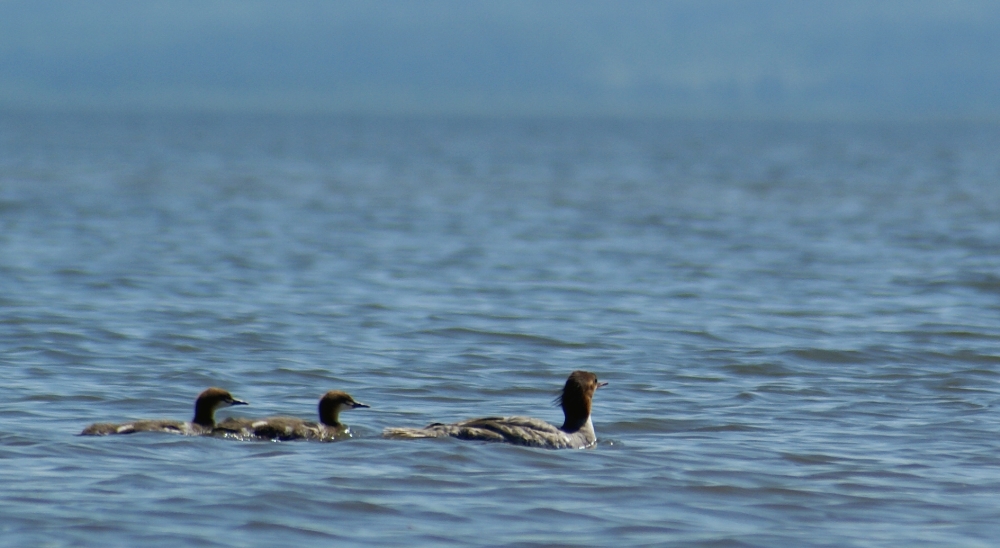There hasn’t been a lot of avian action at the Lesser Slave Lake Bird Observatory; this past week fell between MAPS rounds and so with no banding to do we were forced to find other ways to keep ourselves occupied. Getting caught up on paperwork is always a given for this time of year as is fixing nets. Between all our different banding programs we have around 40 nets and although we never run all those nets simultaneously, they do all need to be looked at and repaired at least once a year – which is a very big job. The nets we use to catch birds are made of very fine nylon mesh. Because they are designed to not hurt birds they are very fragile and almost everything rips them. They get snagged by tree branches on windy days, large birds punch holes in them, all sorts of animals rip them when they walk along or through them, even wasps make holes in our nets when they get stuck and try to chew their way free. It is slow and tedious work, sewing nets, but at least the sun has been shining and our tans are looking really good. Unfortunately reading about fixing nets is nearly as boring as actually fixing them so I am stuck looking for a subject for this week’s update.

Common merganser with chicks
Thankfully as I was writing this article I got my weekly ‘latest news’ email from Bird Studies Canada. Their article raised a very valid concern that is quite relevant in our area. As we approach the peak of summer the recreational boating season goes into full swing; unfortunately this coincides with the hatching and fledging season for many water-birds. Loons, grebes, mergansers and other species nest right in or near the water along the shore on beds of floating reeds. Around late June/early July the chicks hatch and immediately begin swimming and following the adults around. These young birds can’t fly yet, nor are they string divers and they can be very hard to see bobbing in the water. It’s easy and common for fast boats to accidentally hit them or even drown them in their wakes. This is why it is always important to avoid boating at high speeds near the shoreline (even if the water is deep enough) and to watch closely for adult birds diving out of the way – there may be young birds still floating on the surface. Two species that are strongly affected are common loon and western grebe. The mournful cry of the common loon is quite possibly one of the most iconic sounds of northern Canada and the western grebe is a threatened species. Lesser Slave Lake was in-fact federally listed as an Important Bird Area (IBA) because it has the largest breeding population of western grebes on any lake in Alberta. With more and more recreational boating happening on lakes all over Canada it is up to everyone using the lake to help make sure that water-birds and boats can coexist.

Western grebe
